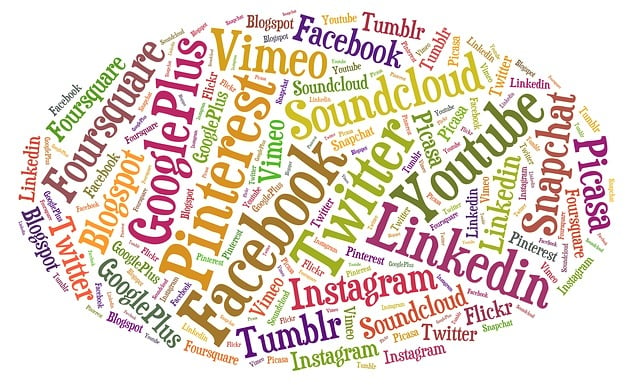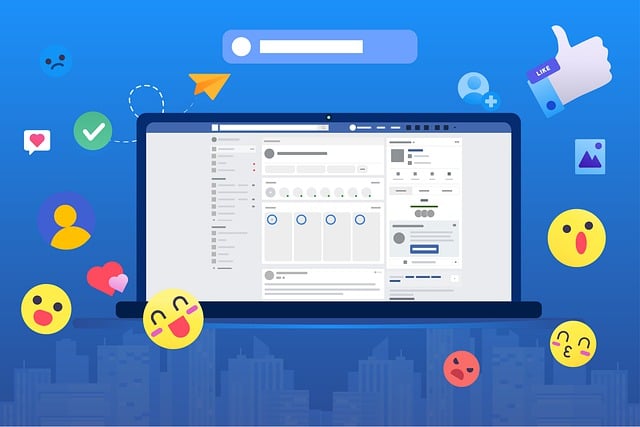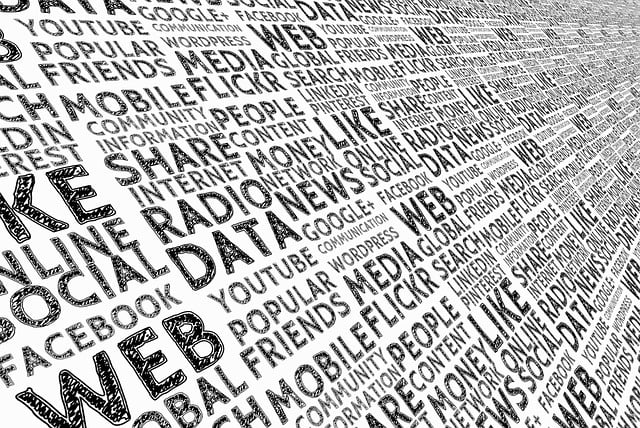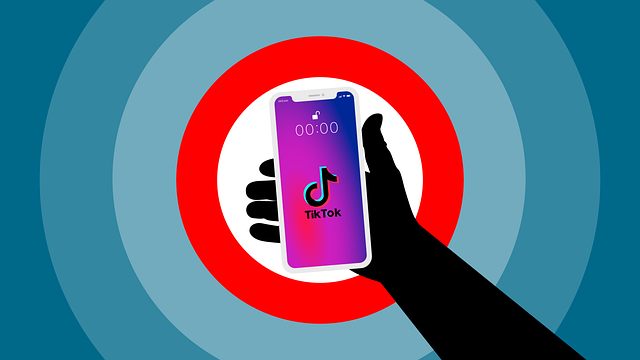TikTok's privacy controls offer granular discretion over digital identities, enabling users to restrict content visibility and manage data through comprehensive tools. Regular review of settings fosters a secure online environment, ensuring users maintain control over their digital presence. Strategic steps include restricting access, enabling private accounts, reviewing permissions for data downloads, and using content filtering tools, combined with regular account audits for optimal privacy protection.
In the digital age, social media platforms like TikTok have become integral parts of our lives, offering entertainment and connection on a global scale. However, with great popularity comes significant privacy concerns. Users, especially younger audiences, must navigate complex settings to protect their personal information from being exposed or misused. This article serves as your comprehensive guide to TikTok’s privacy settings, empowering you to make informed choices and take control of your data within this popular platform. By the end, you’ll have a deep understanding of how to safeguard your online presence effectively.
- Understanding TikTok's Privacy Controls
- Personalizing Your Data Sharing Settings
- Securing Your Content and Account Privacy
Understanding TikTok's Privacy Controls

TikTok, with its vast user base, offers a unique blend of entertainment and social interaction. However, understanding the platform’s privacy controls is crucial for navigating this digital space mindfully. This section delves into TikTok’s robust privacy settings, empowering users to take control of their data and ensure a safer online experience.
The platform provides users with granular control over their content, allowing them to tailor their privacy preferences. For beginners, editing tips are readily available, enabling users to refine their videos while considering privacy. For instance, enabling the ‘Private Account’ setting restricts content visibility, ensuring only approved followers can access posts. This simple adjustment empowers users to maintain a level of discretion in their online presence. Furthermore, TikTok offers comprehensive data management tools, allowing users to review and delete their personal information, including video analytics.
Poetic devices and mindful learning practices can be applied here; users can curate their digital footprint with intentionality, just as they would craft a poem or plan a lesson. By regularly reviewing privacy settings and limiting access to sensitive data, TikTok users can foster a positive and secure online environment. Embracing these practices ensures that the platform remains not just a place for viral dances and challenges but also a space where users maintain agency over their digital identities. Remember that staying informed and proactive about privacy is key in today’s digital age, and TikTok provides the tools to make this happen.
Personalizing Your Data Sharing Settings

TikTok’s privacy settings offer a level of customization to users, allowing them to personalize their data sharing preferences. This is particularly important as users often share personal content, from dance routines to creative clips, on this popular platform. One key area to explore is the setting that governs what information you share with third-party apps and services. By default, TikTok grants certain permissions for things like sound synchronization and video editing when you connect to external applications. However, understanding these settings and making informed adjustments can empower users to maintain a tighter grip on their data flow, citing sources properly to ensure ethical practices.
Users have the option to review and adjust these permissions, ensuring that they align with individual privacy expectations. For instance, if you’re an aspiring filmmaker using TikTok for content creation, you might want to enable specific permissions for video editing tools. This enables seamless integration without compromising your footage’s integrity. Conversely, if enhancing focus is a priority during content creation—a technique popularized by the time travel theory trending on TikTok—you can tailor settings to optimize performance while maintaining user anonymity.
Personalizing data sharing settings on TikTok involves an intuitive process that allows users to grant or revoke access for various app functionalities. This proactive approach, similar to the structure of a well-organized lab report, provides users with granular control over their digital footprint. By regularly reviewing and updating these settings, TikTok users can stay ahead of evolving privacy concerns, ensuring their content remains secure and their interactions online are enjoyable and safe. To learn more about effective note-taking methods for enhancing focus during content creation, look no further than our resources designed to support your digital journey.
Securing Your Content and Account Privacy

Securing your content and account privacy on TikTok is a crucial step to protect your digital footprint, especially as the platform continues to grow in popularity among users of all ages. With over 1 billion monthly active users, it’s important to understand that sharing content on TikTok comes with inherent risks. This is where TikTok’s robust privacy settings come into play, offering users the control to safeguard their information and create a safer experience. One effective strategy many users employ is the spaced repetition system, a memory technique proven to enhance learning and retention—just as it helps you remember complex calculus made simple science experiment ideas or improve your time management skills. By regularly reviewing and adjusting these settings, TikTok users can ensure their content remains accessible only to those they choose.
A key aspect of account privacy involves managing who can view, like, and comment on your videos. TikTok provides options to restrict access based on age, allowing you to control the audience for sensitive or personal content. Additionally, enabling a private account ensures that your videos are not discoverable by the general public, adding an extra layer of protection. For instance, consider a teenager who shares creative dance routines on TikTok; by setting their account to private, they can maintain control over who sees their content while still allowing friends and family to engage with their posts.
Another valuable tool is the ability to manage permissions for downloading your data. TikTok offers users the chance to decide how much information they wish to share when downloading their data archive. This feature, coupled with regular account audits, can help prevent unauthorized access to personal details. As a best practice, we recommend reviewing these settings periodically and considering implementing time management skills to stay proactive about your digital security. For instance, setting specific times each week to review and update privacy settings ensures you stay on top of potential vulnerabilities.
To further enhance your TikTok privacy, explore the platform’s content filtering tools. These features allow users to block inappropriate or unwanted content, ensuring a safer scrolling experience. By combining these measures with active learning strategies memory techniques, users can create a secure digital environment while enjoying the creative and entertaining aspects of TikTok. Visit us at Active Learning Strategies Memory Techniques anytime for more insights into optimizing your online privacy settings.
By understanding and customizing TikTok’s privacy settings, users can take control of their data and protect their content. This article has empowered readers with crucial insights into personalizing data sharing, securing account privacy, and ensuring content remains secure on TikTok. With these key takeaways in hand, individuals are now equipped to navigate the platform with enhanced awareness, fostering a safer digital experience while leveraging TikTok’s dynamic features responsibly.
About the Author
Dr. Emma Johnson is a renowned cybersecurity expert and lead privacy specialist. With over 15 years of experience, she holds a Ph.D. in Information Security and is Certified in Data Protection (CDP). As a contributing author for Forbes on digital privacy, Emma educates millions on securing personal data, particularly on TikTok. She actively shares her expertise on LinkedIn, guiding users to navigate the platform’s privacy settings effectively. Her specialty lies in empowering individuals to protect their online presence.
Related Resources
1. TikTok Privacy Center (Official Platform Resource): [Offers an in-depth guide to understanding and managing privacy settings on the TikTok app.] – https://www.tiktok.com/safety/privacy
2. Pew Research Center (Academic Study): [Presents comprehensive research on social media users’ perceptions of platform privacy, including TikTok.] – https://www.pewresearch.org/internet/2021/04/07/social-media-users-and-privacy/
3. Federal Trade Commission (FTC) (Government Portal): [Provides guidelines and resources on data privacy, including tips for protecting personal information on social media platforms.] – https://www.ftc.gov/tips-advice
4. Common Sense Media (Non-profit Organization): [Aims to educate parents and educators about digital safety, offering age-appropriate advice on social media use and privacy settings.] – https://www.commonsensemedia.org/screen-time/topics/social-media-privacy
5. National Institute of Standards and Technology (NIST) (Government Research): [Offers cybersecurity resources, including a framework for improving critical infrastructure cybersecurity, relevant to social media platforms like TikTok.] – https://www.nist.gov/cyberframework
6. Forbes (Industry Publication): [Features articles by industry experts on various topics, often including insights into data privacy and security practices of popular apps.] – https://www.forbes.com/topics/privacy/
7. Cyber Safety 101 (Community Resource): [A comprehensive online resource hub for digital safety, offering tips and guides tailored to different age groups on various social media platforms.] – https://cybersafety101.org/



